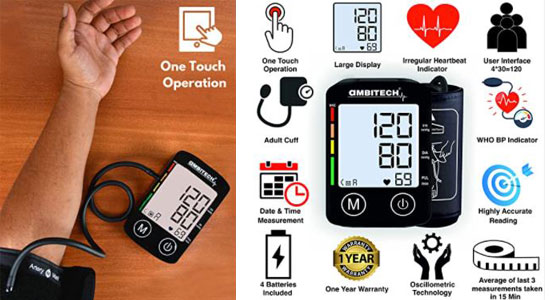Tactical Gas Masks are a standard item in many households today. If you own one of these masks and don’t take care of it, you may find it doesn’t work properly when needed. These masks require proper maintenance and cleaning to work as intended. Furthermore, you must know how to clean the mask after exposure to contaminants. The following guide provides this information and more.
Gas Mask Inspections
Regularly disassemble the gas mask and inspect it for damage. Look for dirt, debris, cracks, and tears. An oily residue is another sign your mask needs attention. Check the face seal and head strap and inspect both inhalation and exhalation valves. Examine all plastic parts and gaskets for damage and see if there are cracks in the lenses. These cracks allow contaminated air to make its way into the mask. If you spot any damage, have the mask repaired or replace it.
Cleaning the Mask
The mask also needs to be cleaned regularly. Sweat and natural oils humans produce can compromise the effectiveness of the mask. Clean the device after each use and do a deep cleaning every six months. Backup respirators that are held in storage need to be cleaned yearly.
How to Clean a Gas Mask
Begin by removing all filters, the speech diaphragm, the hoses, demand assemblies, and pressure demand valve assemblies. Replace any defective parts and wash all components in warm water using a mild detergent designed for this purpose. Rinse with warm water to clear away any remaining detergent. Next, you need to sanitize the gas mask.
Combine one tablespoon of bleach with four cups of water. Place all components into the solution and allow them to sit for two minutes. Remove all pieces and rinse them to remove any remaining chemicals. If the chemicals aren’t removed, they could harm the mask or irritate your skin. Dry each piece with a towel and then allow them to finish air drying before reassembling the mask. Test the mask to confirm it works properly.
Storing Gas Masks Safely
Once you clean and dry the gas mask, you may store it. Take care when doing so. Place the mask in a sealed container and put this container in a cool, dry place. The temperature needs to remain consistent to protect the mask from harm. Keep the container away from heat, direct sunlight, chemicals, and volatile substances to extend the lifespan of the mask.
Decontaminating a Mask
When a mask comes into contact with a gas or volatile chemical, you must decontaminate it. The solution used during this process depends on the contaminant. If the mask is exposed to a CS gas, fresh air will dissipate the gas. Place it outside for an hour after the gas has dispersed and clean the mask with detergent.
To remove biological hazards and nerve agents from the mask, clean it with a 0.5 percent chlorine bleach solution. Mix nine parts of water to one part of chlorine bleach and clean the mask. Always decontaminate the mask after it comes into contact with one of these substances to protect your eyes, skin, and respiratory system from harm.
Always clean and maintain the mask. Doing so ensures it will protect you when needed. Never rush this process, as doing so could put your health at risk. Furthermore, know when to replace the mask. The cost of doing so is nothing when compared to your good health.
Hey there! I’m a self-proclaimed Twitter addict and an unapologetic coffee lover.









